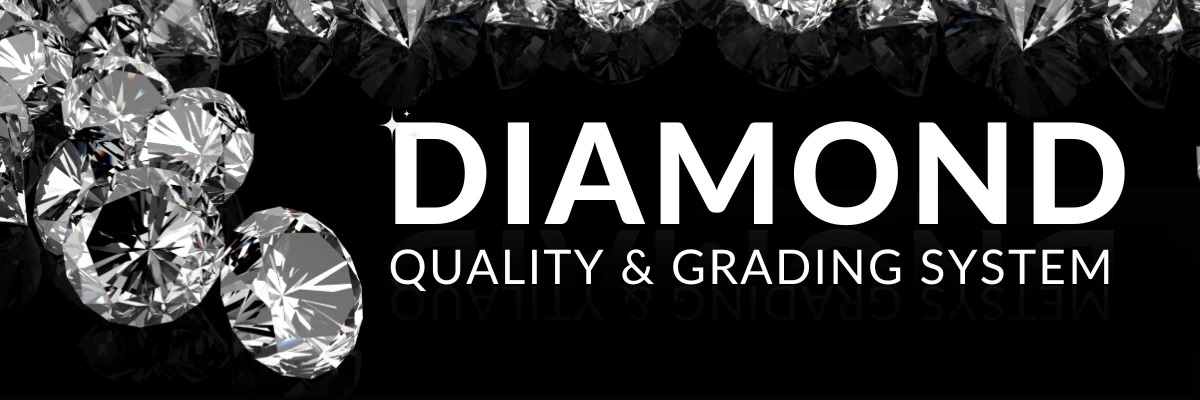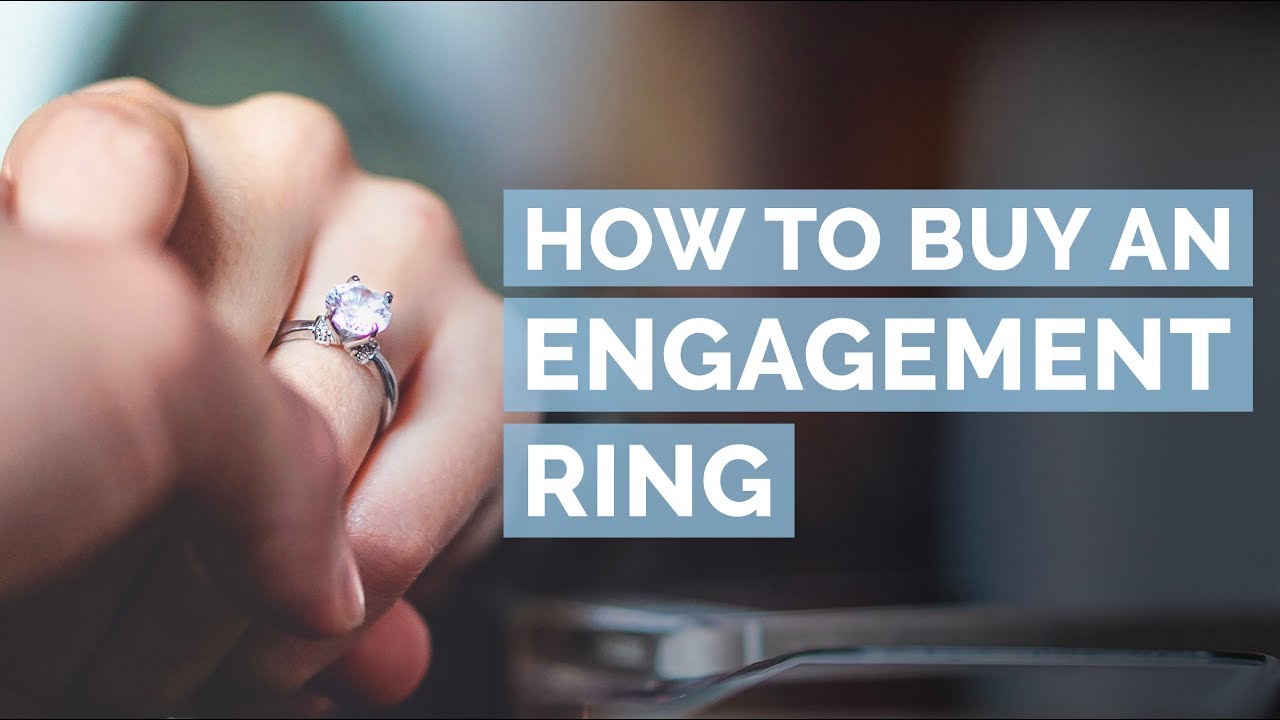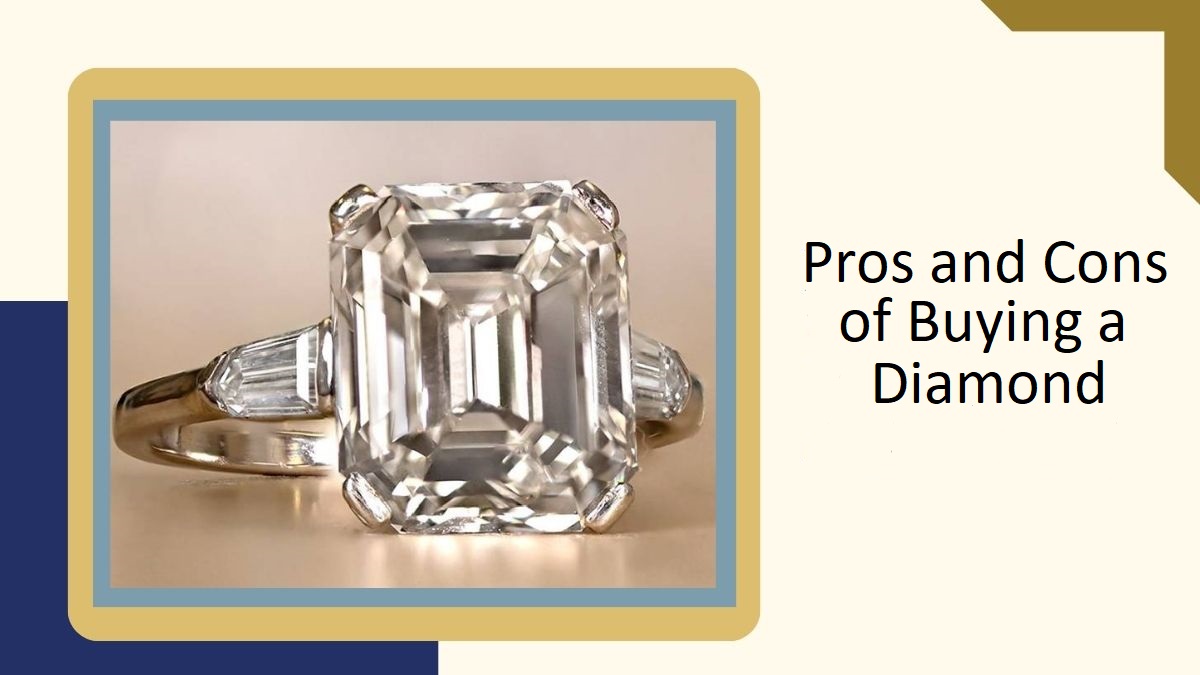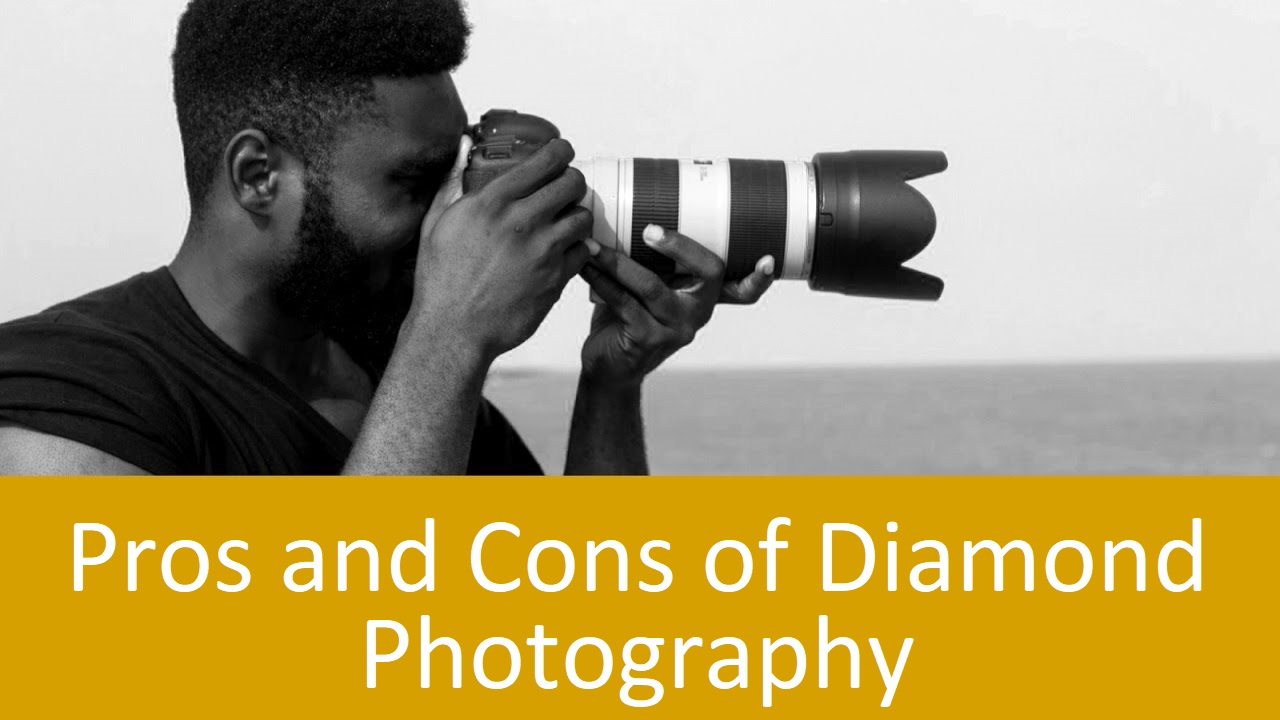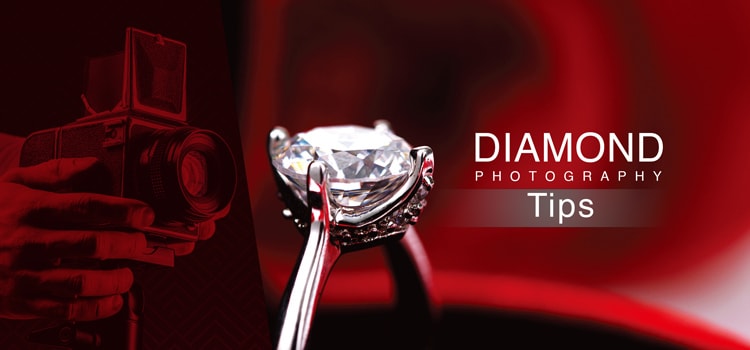Selecting the right carat weight for your diamond engagement ring is a significant decision, as it directly affects the ring’s appearance, cost, and the message it conveys. To make an informed choice, it’s essential to consider several factors and understand how carat weight impacts the overall look of the ring. In this guide, we’ll explore how to determine the best diamond carat size for your finger and provide valuable insights to help you make the perfect selection.
How Many Carats Do I Choose for My Engagement Ring?
Carat weight is one of the “Four Cs” used to grade diamonds, alongside cut, color, and clarity. The carat weight refers to the diamond’s size and is measured in metric carats, with one carat equaling 200 milligrams or approximately 0.007 ounces. When choosing the right carat weight for your engagement ring, consider the following factors:
- Budget:
- Determine your budget, as carat weight significantly influences the price of a diamond. Larger carat weights are more expensive, so it’s essential to find a balance between size and cost that fits your financial plan.
- Personal Style:
- Your personal style and preferences play a crucial role. Consider whether you prefer a more modest and classic look or desire a bold and eye-catching statement piece.
- Finger Size:
- The size of your finger can affect how a diamond appears. Larger fingers can accommodate larger carat weights, while smaller fingers may require smaller diamonds to maintain balance and comfort.
- Setting and Design:
- The setting and design of the ring can impact how the diamond is showcased. Intricate settings or designs may require a smaller carat weight to fit comfortably and aesthetically.
- Brilliance and Sparkle:
- Remember that carat weight is just one aspect of a diamond’s beauty. A well-cut diamond with excellent proportions can exhibit remarkable brilliance and sparkle, making it appear larger than its carat weight suggests.
Comparisons of Diamond Carat Size on Finger
To help you visualize how different diamond carat sizes appear on a finger, we’ll provide comparisons using common carat weights. Keep in mind that these are approximate estimations, as the actual appearance can vary based on factors such as the diamond’s cut, shape, and the wearer’s finger size. Here are comparisons of diamond carat sizes and a 2 and 3 carat diamond ring buying guides on a finger:
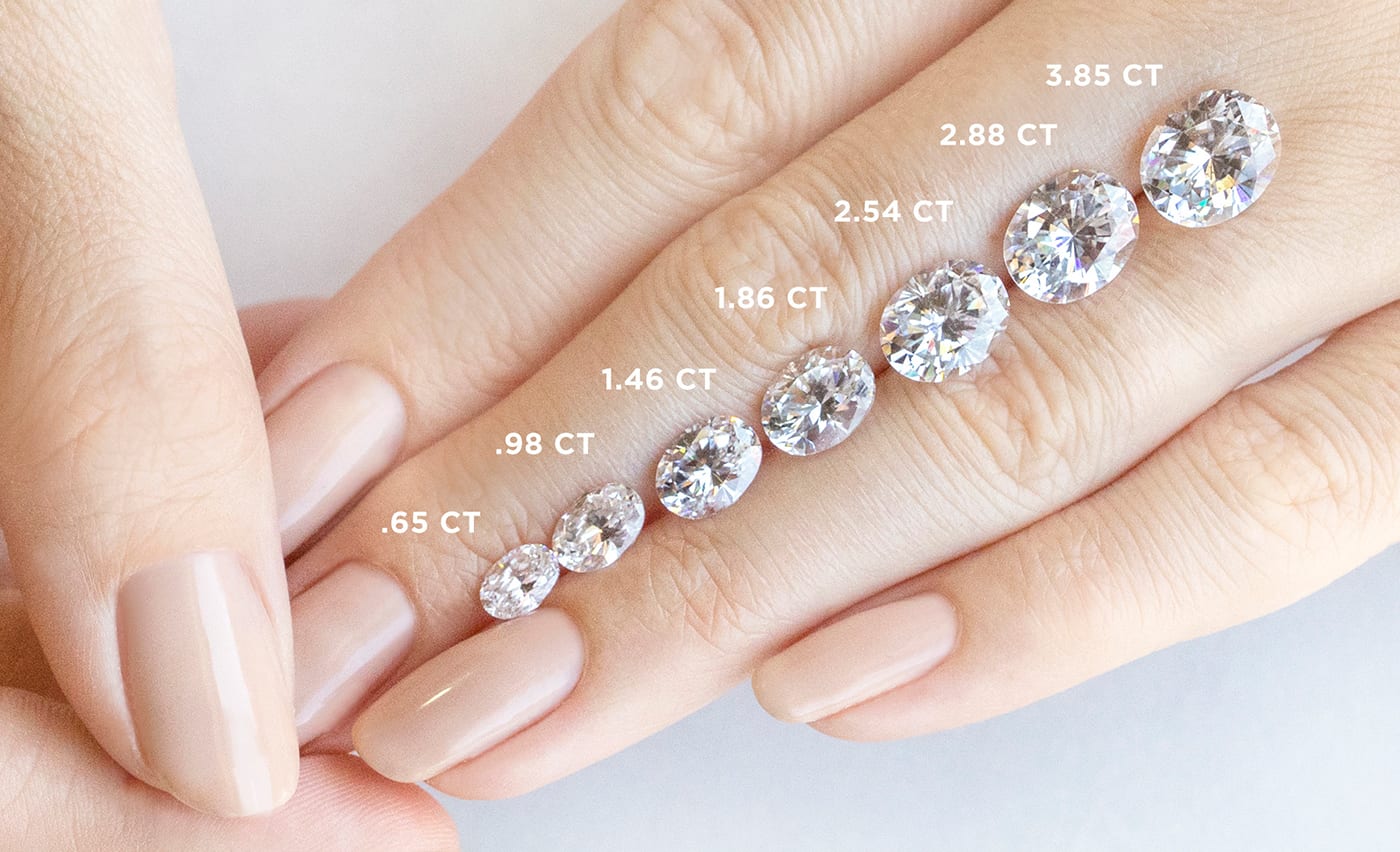
0.25 Carat Diamond:
- A quarter-carat diamond is small and delicate. It’s an ideal choice for those who prefer a subtle and understated look.
- The diamond may appear as a tiny point of light on the finger, suitable for minimalists.
0.50 Carat Diamond:
- A half-carat diamond is still modest in size but offers more presence than a quarter-carat diamond.
- It’s a classic choice that strikes a balance between subtlety and elegance.
1 Carat Diamond:
- A one-carat diamond is a popular choice for engagement rings, representing a significant milestone in diamond size.
- It appears substantial on the finger and is known for its classic and timeless appeal.
1.50 Carat Diamond:
- A one-and-a-half-carat diamond is visibly larger than a one-carat diamond and offers a bold yet elegant look.
- It’s an excellent choice for those who desire a more substantial presence.
- A two-carat diamond is substantial and impressive, making a bold statement of love and commitment.
- It’s known for its luxurious appearance and is a favorite among those who desire opulence.
3 Carat Diamond:
- A three-carat diamond is considered a luxurious choice, ideal for those who want to make a grand statement.
- It’s substantial and commands attention on the finger.
4+ Carat Diamond:
- Diamonds over four carats are rare and exceptionally opulent.
- They offer unmatched grandeur and are ideal for those who desire the utmost extravagance.
Best Diamond Carat & Engagement Rings For Smaller Hands or Short Fingers
If you have smaller hands or short fingers, selecting the best diamond carat and engagement ring style is essential to create a balanced and flattering look. Here are some tips to help you choose the best options for smaller hands or short fingers:
- Consider Diamond Shape:
- Opt for diamond shapes that elongate the appearance of your fingers. Pear, oval, marquise, and emerald-cut diamonds can make your fingers look longer. Avoid diamond shapes that are too wide or bulky, such as princess or cushion cuts.
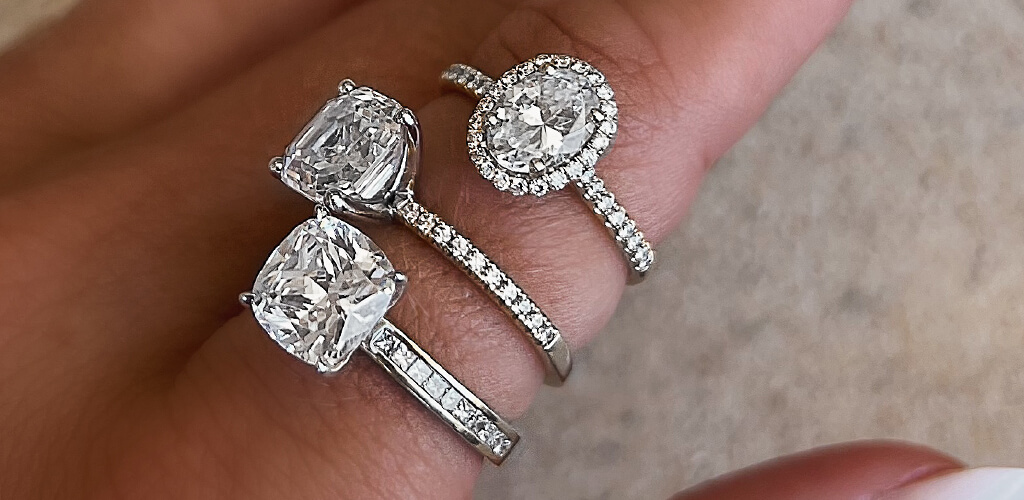
- Choose a Slender Band:
- A thinner band width can make your fingers appear longer and more delicate. Consider a band that’s 2mm to 2.5mm wide for an elegant look.
- Halo Settings:
- Halo settings, where a ring of smaller diamonds surrounds the center stone, can create the illusion of a larger diamond and add extra sparkle. This is an excellent choice for those who want a bigger look without a massive center stone.
- Bezel Settings:
- Bezel settings encircle the diamond with metal, creating a clean and streamlined appearance. They can make the diamond appear slightly larger while offering a sleek and modern look.
- East-West Settings:
- Consider an east-west setting where the diamond is set horizontally across the finger. This style can create the illusion of a more extended and slender look.
- Choose a Lower Carat Weight:
- For smaller hands or short fingers, a diamond in the 0.5 to 1.0-carat range is often an ideal choice. It provides a substantial appearance without overwhelming the hand.
- Opt for a Solitaire:
- Classic solitaire settings with a single diamond can be an excellent choice, as they emphasize the beauty of the center stone without distracting from the finger’s appearance.
- Three-Stone Rings:
- Three-stone engagement rings, with a center diamond flanked by two smaller stones, can create an elongating effect and add visual interest.
- Consider a Petite Setting:
- Petite settings with delicate prongs and a smaller center stone are designed to complement smaller hands and fingers. They offer a dainty and elegant look.
- Try Different Styles: – Don’t be afraid to try on various styles and sizes to see what suits your hand and style best. Your personal preferences should guide your decision.
- Customization: – Consider customizing the ring to ensure it perfectly fits your hand and style. A jeweler can help you design a ring that complements your finger shape and size.
- Seek Expert Advice: – Consult with a reputable jeweler who specializes in engagement rings. They can provide personalized recommendations based on your hand size, style preferences, and budget.
Conclusion
Choosing the right carat weight for your engagement ring is a personal decision that should reflect your unique style and priorities. By considering the factors mentioned here and trusting your instincts, you can select a diamond that symbolizes your love and commitment beautifully.…

